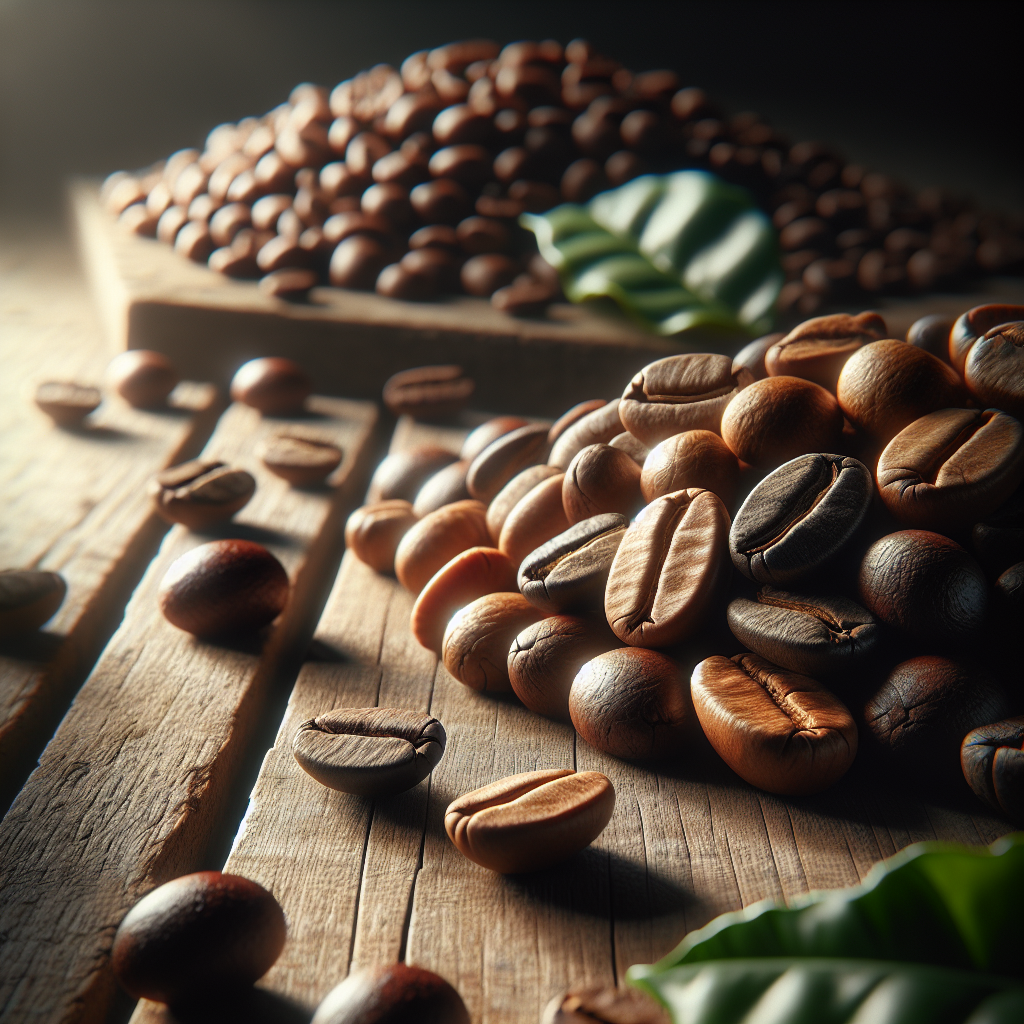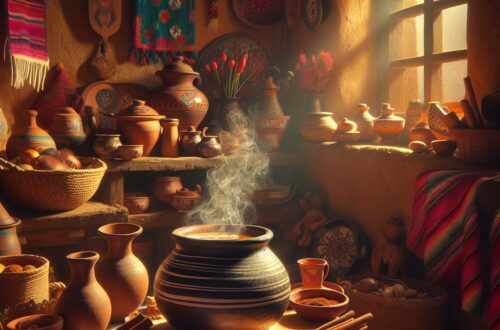“`html
Understanding the Differences Between Arabica and Robusta Coffee Beans
Morphological Differences: Shape and Size
Understanding the morphological differences between Arabica and Robusta coffee beans helps in making an informed choice. These differences not only define the visual appearance but also influence the quality recognition and flavor development. Here’s a detailed comparison:
| Characteristic | Arabica Coffee Beans | Robusta Coffee Beans |
|---|---|---|
| Shape | Oval and elongated | Rounder and smaller |
| Distinct Groove | Curved groove present | No distinct groove |
| Size | Larger size | Smaller size |
| Growth Characteristics | Specific growth conditions | Adaptable to various climates |
| Impact on Roasting | Affects flavor development | Affects flavor and bitterness |
| Industry Recognition | Highly recognized | Less recognized |
Arabica’s shape allows better recognition and classification in the coffee industry, while Robusta’s distinct morphological traits denote its resilient nature.
Taste Profile
Arabica beans are cherished for their smoother, sweeter, and more aromatic flavor, often described as fruity and zesty. Robusta beans, however, offer a stronger and more bitter flavor associated with traditional “coffee” tastes. The choice between these flavor profiles often depends on personal preference and the desired coffee experience.
Caffeine Content
Robusta coffee beans boast a higher caffeine content compared to Arabica beans. Higher caffeine contributes to Robusta’s bitter taste and natural resistance to pests, making it robust in cultivation. Arabica, with its lower caffeine levels, offers a milder and sweeter flavor, ideal for those seeking a less intense coffee experience.
Growing Conditions and Altitude
Arabica plants thrive at higher altitudes, between 2,000 to 6,000 feet, where the conditions are cooler and more favorable. In contrast, the adaptability of Robusta allows it to grow at lower elevations in diverse climates. These growing conditions affect not just the yield but also the flavor complexity of the coffee beans.
Yield and Farming
Arabica coffee plants generally yield less coffee per tree compared to Robusta. Robusta’s capacity for higher yield makes it cheaper and easier to farm. This economic factor significantly influences global coffee supply, market prices, and consumer choices.
Market Price and Economic Impact
Due to its superior flavor profile, Arabica coffee usually commands a higher price in the market than Robusta coffee. The high demand increases profitability for farmers cultivating Arabica. Robusta’s lower market value is tied to its common, less desirable taste but provides a cost-effective solution for mass production.
Oil Content
Arabica beans have a higher oil content, which results in a creamier mouthfeel and richer aroma in brewed coffee. Conversely, Robusta beans have lesser oils, contributing to a different texture and flavor in the final brew. This distinction enhances the sensory experience of each coffee, influencing consumer preferences.
Acidity Levels
Arabica coffee contains higher acidity, enhancing its flavor complexity and overall drinking experience. Robusta, with its lower acidity, offers a smoother but less flavorful profile. The choice between the two often depends on one’s preference for acidity and flavor intensity.
Plant Size and Growth Habits
Arabica plants typically grow to heights of 2.5 to 4.5 meters, making them easier to manage during harvest. In contrast, Robusta plants can reach up to 6 meters, often requiring more labor-intensive harvesting techniques. These growth habits affect the ease of farming and ultimately the cost and availability of the coffee beans.
Global Production Ratios
The global production ratios of Arabica and Robusta have significant implications for the coffee market. Understanding these ratios helps consumers and industry professionals make informed decisions about which coffee beans to select for various purposes.
Concluding Remarks: Choosing Between Arabica and Robusta
When choosing between Arabica and Robusta, consider the morphological differences, taste profile, caffeine content, and growing conditions. Your decision should also factor in yield, market price, and personal preference for flavor and acidity. Blends of Arabica and Robusta can balance the strengths of both, offering a harmonious coffee experience.
For more detailed insights and answers to all your coffee-related questions, visit our comprehensive Coffee FAQ here. Explore our blog to deepen your understanding and appreciation of the fascinating world of coffee.
“`
Shop at Breville now!
https://breville.oie8.net/oqDqrE
Shop Coffee Machine at Amazon now!
Click here!





